A cool and sunny Saturday morning. And so the day trip to three Latvian castles can begin. Three castles, if I count at the end of the day, because I was originally supposed to see one, and mainly its gardens, because today (1 July) the 15th Garden festival is taking place at Rundāle Palace. I have not been to a palace for some time, 20 years if I count roughly.
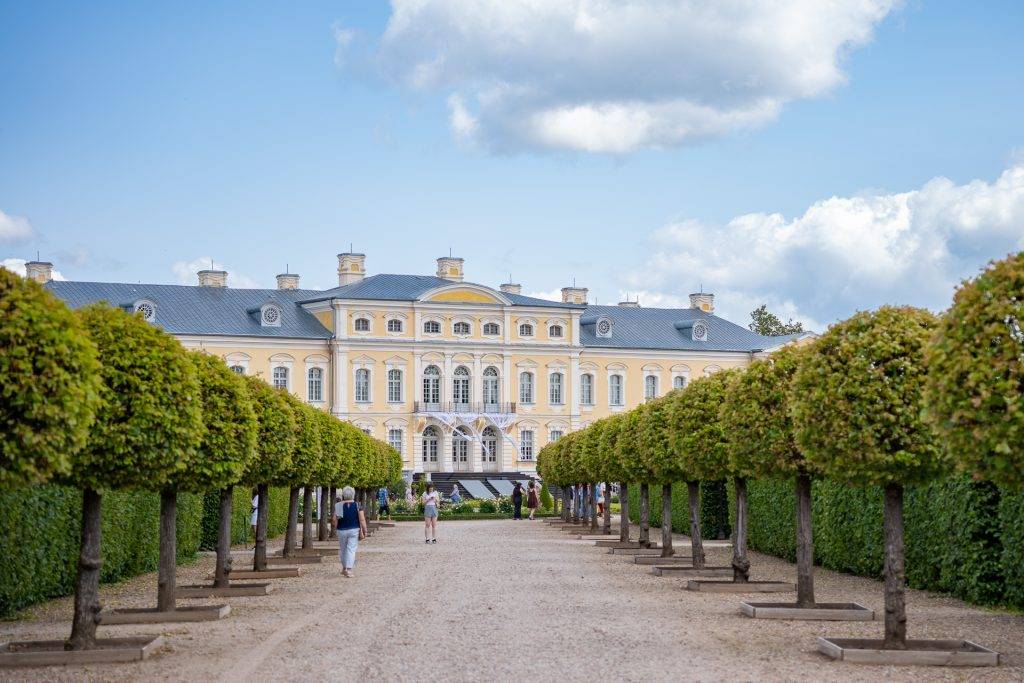
It is worth mentioning a fact about the history, because, as with all buildings of this type, there are highlights. Originally, on the site of the present palace, there was another palace, in a different architectural style. However, back in 1735, Ernst Johann Biron bought the Rundāle property for 42 000 dalers. The old palace was demolished and its materials were used to build the new palace. The palace was designed by the French architect Francesco Rastrelli, but as far as his biography goes, he spent a lot of time living around St Petersburg and at the end of his life became an honorary member of the St Petersburg Academy of Arts.

The palace was built for four years, but as a result of the “surprise”, in 1740 there is a coup in Russia, and Ernst is arrested and exiled. After more than 20 years, Ernst is pardoned and returns to his homeland. In 1764, work continues on the construction of the palace. In 1770, the final works are carried out.
Behind the palace there is a garden called the French Garden. It is not difficult to guess why, if we remember who the architect of the palace was. As I mentioned, today there is a Garden festival. There are a lot of people.

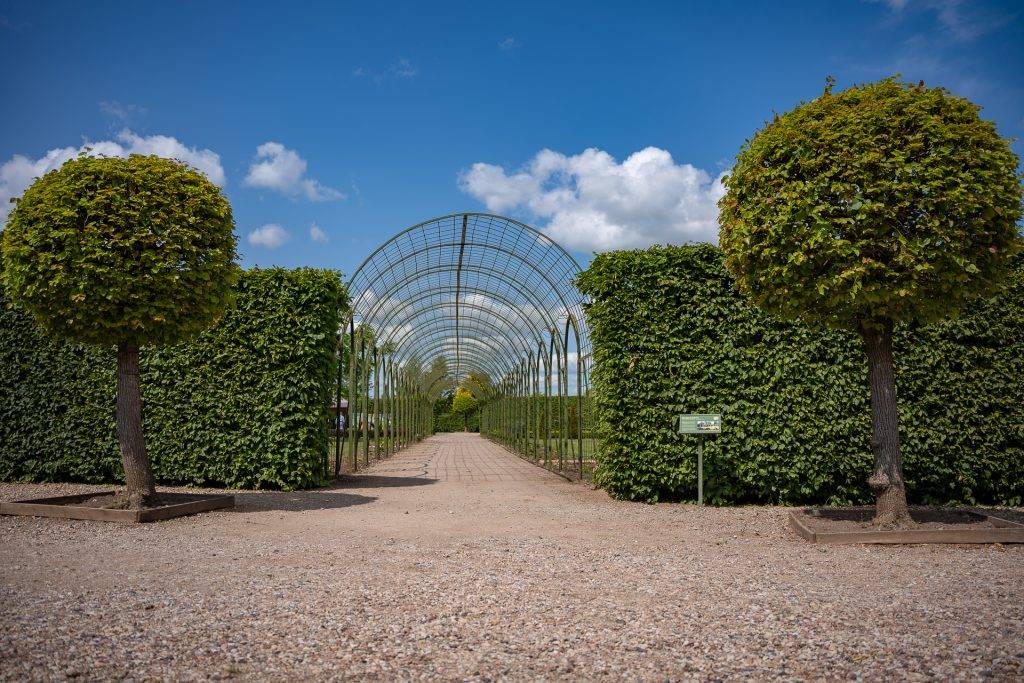

When I entered the garden, my first thought was to go on a garden tour, so that the guide could tell me something interesting and I could ask questions. My first attempt to go on the tour is unsuccessful because I actually missed it. The next tour is just under two hours away. There is no hurry. I can enjoy the surroundings.


In the Info Centre, I see that there is an orienteering game on offer, but when I ask what it is, I am told that it is for children. With a slight feeling of disappointment, I have to accept the fact that I will not be playing games today.
There is a small market in the garden where you can buy a variety of goodies to take away or eat on the spot. I was attracted by the ice cream, which I can’t take with me, at least outside your stomach. The garden area can actually be divided into two big groups, the green side and the colourful side, namely shrubs and flowers. It’s not a large area, so you won’t get lost, but you could play hide and seek. Two hours pass quickly, and my guided tour is here, but the joys are not great. The number of people wanting to go is large, but the quiet voice of the guide and our distance from her make me give up and “disconnect” from the group. However, it’s not that I didn’t learn anything. The guide’s name was Agnese Lāce, she has been working at the palace for one year and is an architect by profession. She was a very sympathetic woman, but what I remember best was her sun-shaped and coloured necklace. Like the moment I left the group: “Sharp right turn, and I go straight!”
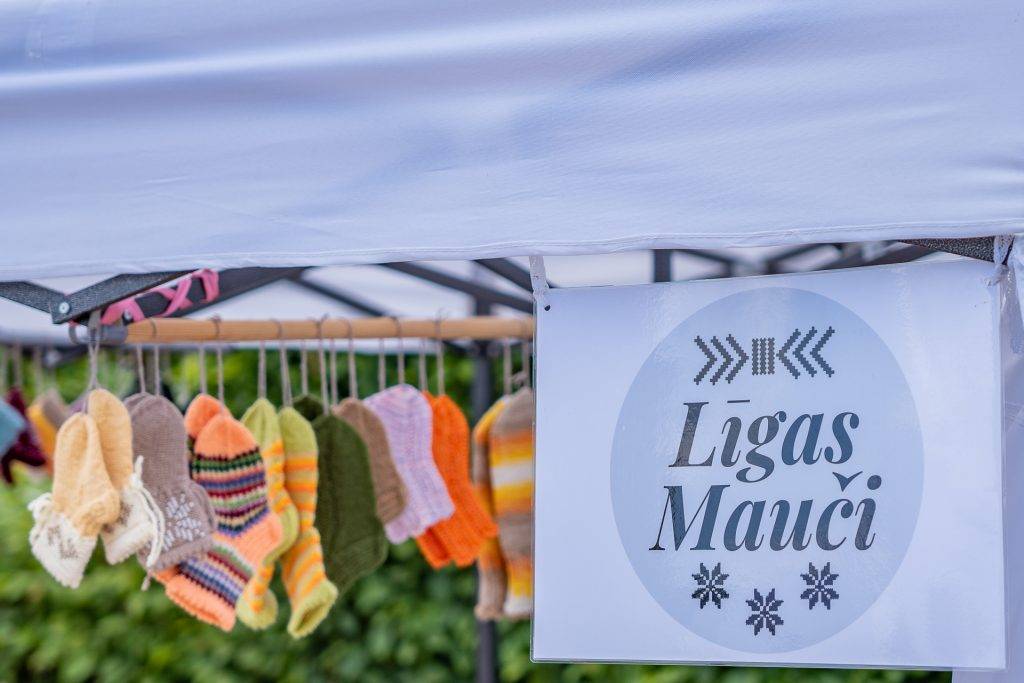

I finished the garden tour with a look at the rose bushes. Some of them were already visibly tired and in need of replacement, while others were full of vigour and delighted visitors. A park from London comes to mind (Regent’s Park), where there were also roses in great abundance, but they were all vigorous, but not in such quantity. Most people were surrounded by roses, or vice versa, roses surrounded by people wanting to take pictures, squatting, standing or hiding behind roses. I, of course, was not far behind, and I took pictures of them too.
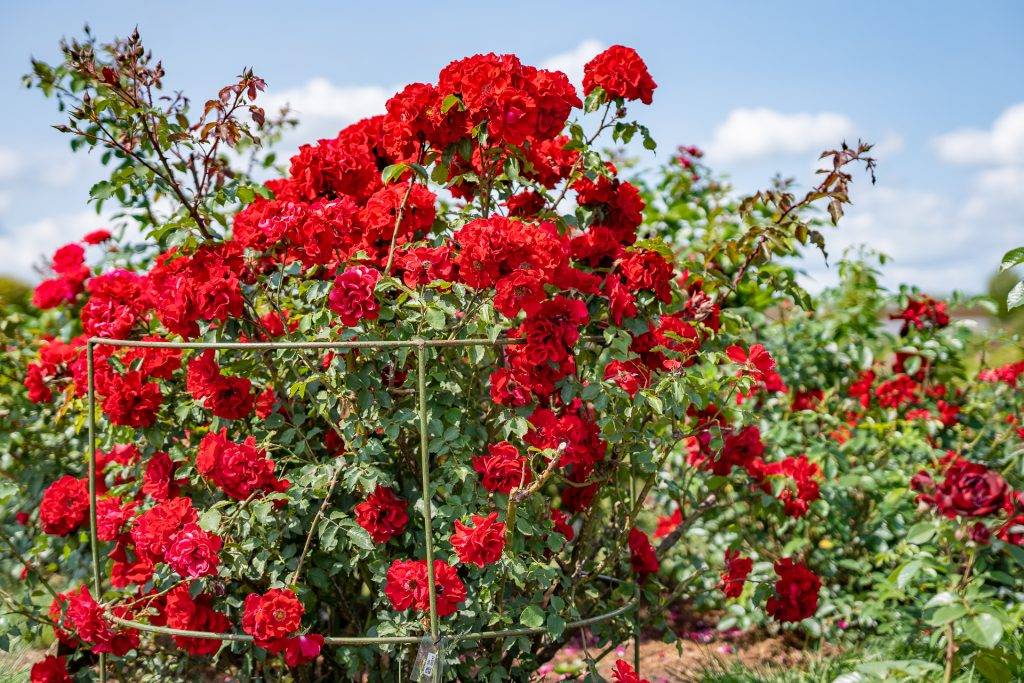



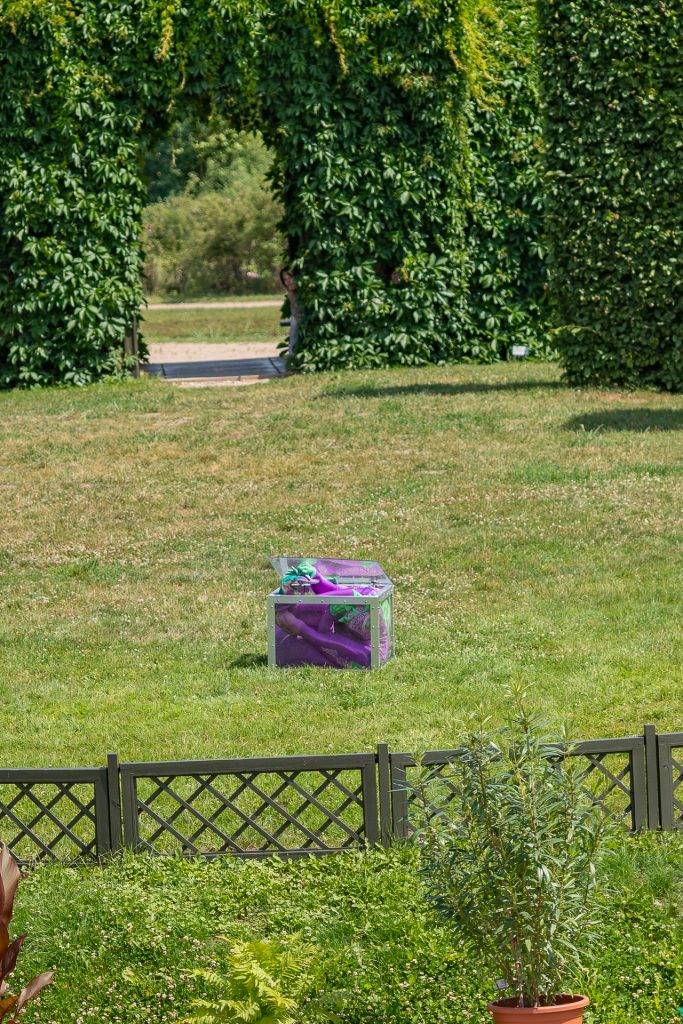


Time to move my feet in the direction of the Palace museum, because as in the old days, once you’ve travelled such a distance on a chariot (this time a car), you won’t be going home so quickly. It should be mentioned that the last restoration works in the palace took place only 10 years ago, they were carried out for more than 30 years.









History will suffice for now. It’s a pretty magnificent palace, but my initial neutrality remained, as the “other” palaces of the world did their thing, leaving a certain idea of what luxury is in the mind. I would like to say that as Latvians we should be proud of this palace, but I am looking at it objectively. The architect, the artists, even the potters were brought in from another country. But I am very happy that we have such a palace – it is and will remain a great cultural heritage.
From one palace to the next. Kaucminde manor – palace. In photographs from 15 years ago, the palace territory still look somewhat tidy, and restoration work is being carried out, but the current state is dramatic. We won’t go into details about the palace, but the place looks good, if someone would like to restore it to its original glory.

To the next place – Bauska castle. As the sun approaches the horizon, the castle is surrounded by a magical play of lights, which makes your mind freeze in order to enjoy the view a little longer. As we enter the castle territory, we walk around the courtyard a bit, but miss the fact about the tickets. Two ladies in folk costumes, angry in appearance, were on duty in the courtyard. When I try to enter one of the rooms, one of them asks me for a ticket, but I, visibly surprised, say: “Oh! Tickets, where can I buy them?” The opening hours are coming to an end and there is a certain frustration in the tone of lady voice, how could I not know. I didn’t buy tickets, I didn’t go further inside. I would say attitude matters, but later at home I looked at the virtual tour to get an idea of what I missed. The virtual tour was short, but the lady in the folk costume, when asked what I would see inside, only reluctantly replied that others had already seen something there. I happily moved on, taking a short detour outside the palace territory.


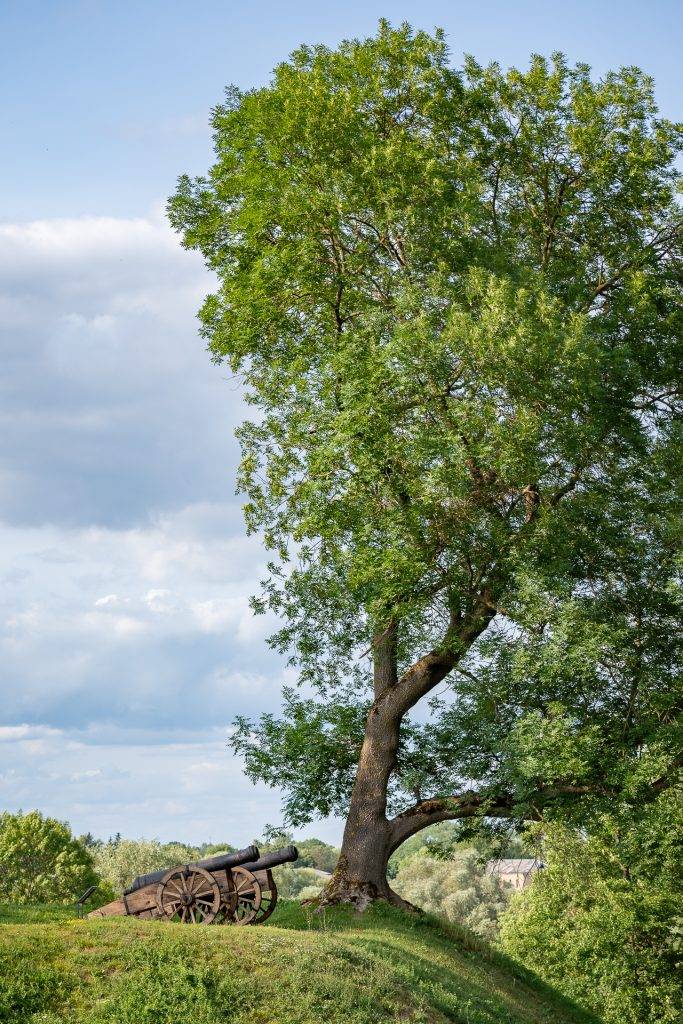

Behind the castle is the stage, which looks quite small without visitors and extra equipment. The last steps of the day are bringing me to the river Lielupe. The castle area, including the stage, is surrounded by two rivers, Mūsa and Mēmele, and as they join together, the new river Lielupe begins. I do not know the historical origin, but I assume that the two merging rivers are of similar size, i.e. characteristics, and that is why the new name is used.


The day is not over yet, but it’s time to put an end to the day trip notes!